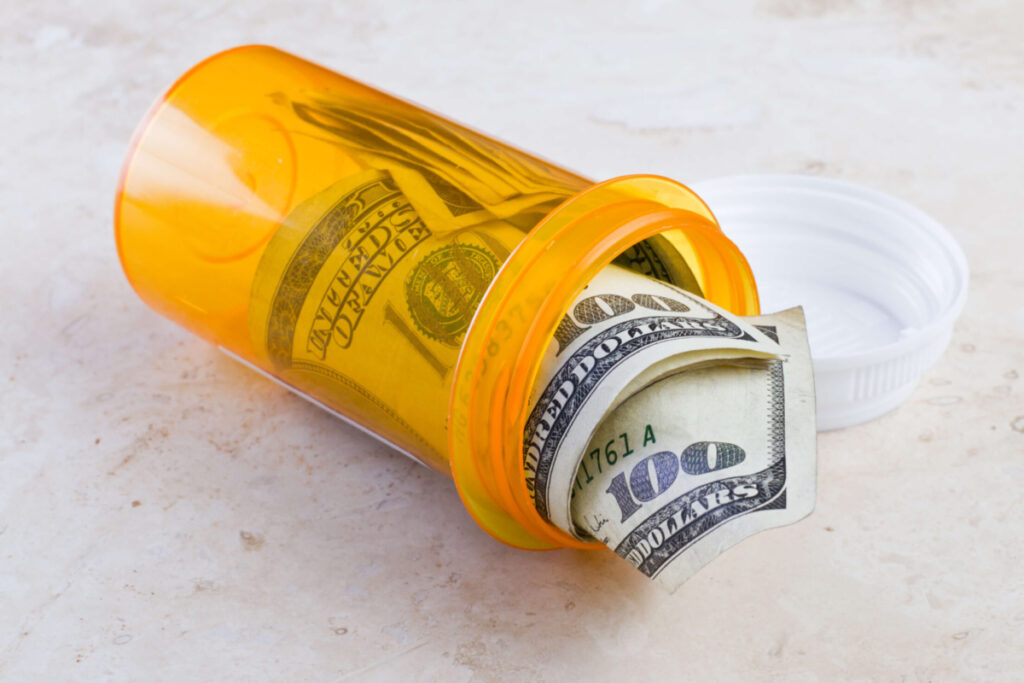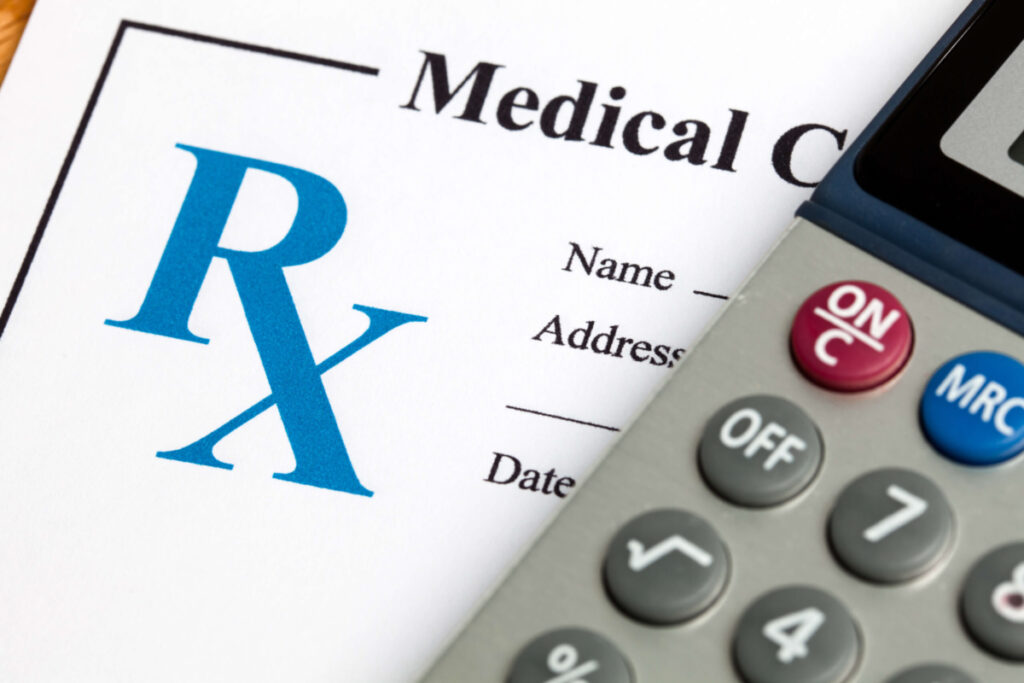Now that elections are over and the 2023 legislative session approaches, states will continue to seek ways to bring down consumer costs and overall health care spending. The landmark Inflation Reduction Act (IRA) contains several provisions designed to help reduce the costs of prescription drugs, including provisions that will allow Medicare for the first time to negotiate the cost of several high-cost drugs. NASHP’s new model bill directs states to use these negotiated rates and apply them more broadly to state and private purchasers, and to use the savings that are achieved to help consumers. Referencing drug prices to Medicare’s Maximum Fair Price will allow purchasers and consumers of prescription drugs to share in the benefits of the Medicare negotiations.
This new NASHP model is similar in design to a NASHP model released in 2020: An Act to Reduce Prescription Drug Costs Using International Pricing. However, instead of using Canadian prices as a reference price, the new model directs a state to utilize the IRA’s Maximum Fair Price. The federal price negotiation process will begin 2023 and Medicare will publish its negotiated price for the first ten drugs by September 1, 2024. Although the list of drugs that will be subject to negotiated prices is not yet known, it is expected that the list will include drugs that are costly to private health insurance plans and state purchasers, like state employee health plans and retirement systems.
The IRA details the process for selecting drugs and negotiating prices. Medicare will compile a list of drugs that meet the criteria described in the statute. Negotiations are limited to single-source drugs that (1) are at least 7 years (small molecule) or 11 years (biologic) beyond Food and Drug Administration approval; and (2) account for at least $200 million spend across Medicare Parts B and D. The IRA excludes from negotiation drugs marketed as generic/biosimilar (or biologics with reference biosimilar pending entrance within 2 years), orphan drugs targeting a single approved disease, and plasma products. From those drugs, Medicare selects the top 10 drugs in order of highest to lowest spending.
Medicare will then review information submitted from the manufacturer and determine a Maximum Fair Price. Manufacturers can accept or propose a counteroffer. Medicare then publishes the final Maximum Fair Price, which is binding.
The new NASHP model bill applies the Maximum Fair Price as the ceiling for all purchases of a referenced drug and reimbursements for a claim for a referenced drug when the drug is dispensed, delivered, or administered to a person in the state. It applies to commercial and state purchasers, and to ERISA plans that opt-in. (Because Medicaid is a federal/state partnership subject to unique and complex policies, the model act excludes state Medicaid programs. Medicaid programs are already able to access deeply discounted prices for prescription drugs under the Medicaid Drug Rebate Program.)
Purchasers must use the savings to reduce costs for consumers and they must track the amount of savings generated and how they are used. This information must be reported to the state’s Insurance Commissioner. When deciding how to use the savings, purchasers are directed to consider measures that will promote health equity by addressing disparities across communities.
While it is not currently possible to determine the savings that purchasers and consumers in individual states would realize if they referenced to the Maximum Fair Price, the savings estimated by Medicare are significant (estimated at $98.5 billion over ten years) and would undoubtedly translate into large savings at the state level. Depending on how long a drug has been on the market, the IRA ceiling price will be capped at 40% to 70% of average manufacturer price.
The model is carefully crafted to avoid legal challenge. The model does not set prices or dictate what a manufacturer can charge for a drug, but it does limit how much purchasers in a state can pay. This distinction is important because by setting an upper payment limit, this model act does not run afoul of patent law as manufacturers are able to set their own prices.
Furthermore, because the model act focuses strictly on rates paid by selected purchasers within a state, it does not impact interstate commerce, an issue that led to the demise of Maryland’s 2017 anti-price-gouging law.
For further details on the legal issues, please see a white paper authored by Professor Rachel Sachs with a detailed analysis of the patent law and commerce clause implications of upper payment limits for a similar model bill related to international reference rates. NASHP has also published a Q&A with additional details about the model and the IRA.
Resources:




